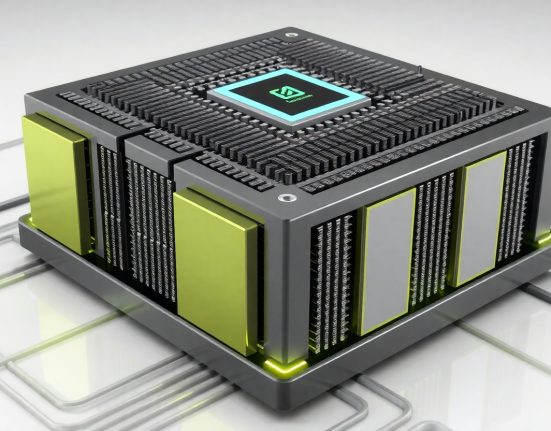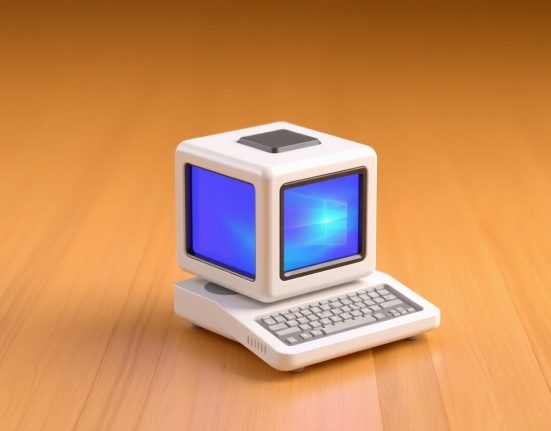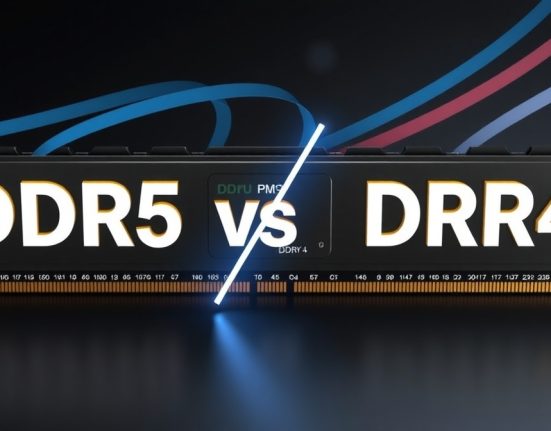Over the past decade, we’ve witnessed a silent revolution in the computing world, as ARM processor architecture, previously identified mainly with mobile and energy-efficient devices, has broken through to the industry’s forefront, challenging the long-standing hegemony of x86 processors from Intel and AMD. While Apple’s transition to ARM-based M-series processors in their Mac computers has garnered most of the media attention, significant developments are occurring throughout the market, indicating that this is a much broader trend that will influence every aspect of the computing world.
The ARM (Advanced RISC Machines) architecture was founded on RISC (Reduced Instruction Set Computing) principles, focusing on simple, direct instructions that can be executed quickly and energy-efficiently. This approach contrasts with the CISC (Complex Instruction Set Computing) architecture that characterizes x86 processors, which offers a richer and more complex instruction set capable of performing complex operations in a single unit, but often at the expense of energy efficiency. ARM processors’ notable advantage stems from their ability to deliver impressive performance while consuming significantly less power, making them ideal not only for mobile devices but also for modern computing environments where energy conservation is critical, from smartphones to massive data centers.
Recent changes in the ARM processor market showcase impressive progress in an ecosystem that is effectively maturing and expanding. Qualcomm, the American chip giant, recently launched Snapdragon X Elite processors designed for laptops, promising not only exceptionally long battery life but also performance that competes with and sometimes exceeds Intel and AMD processors in certain categories. Windows computers running ARM processors, which previously suffered from compatibility issues and inferior performance, are now becoming a genuine and compelling alternative in the market. Microsoft itself is leading the effort with the release of Surface Pro and Surface Laptop computers running the new Snapdragon processors, demonstrating significant improvements in software compatibility through advanced emulation technologies.
Meanwhile, chip giant Nvidia, primarily known for its graphics cards, is developing dedicated ARM processors for data centers and artificial intelligence systems. These processors, combined with the company’s powerful graphics processing units, offer particularly efficient solutions for complex workloads. Amazon, for its part, continues to develop ARM-based Graviton processors for its cloud services, reporting an improved performance-to-cost ratio compared to traditional x86-based solutions.
In the edge server and infrastructure market, ARM processors are also gaining momentum. Ampere Computing, founded by former Intel executives, offers multi-core ARM processors for servers that promise high computational density and low power consumption. These are attracting attention from cloud providers and data center operators looking to reduce their energy footprint.
Perhaps the most significant change is occurring at the strategic level. Leading technology companies are investing substantial resources in developing custom processors based on ARM architecture. This trend, led by Apple, allows them to create hardware solutions precisely tailored to their specific needs, without being dependent on the development pace or business strategies of traditional processor suppliers. Google is developing its Tensor chips for Pixel devices, Samsung is focusing on Exynos processors, and recently Microsoft has reportedly been developing its own ARM chips for servers and possibly for personal computers as well.
However, this transition is not without challenges. The x86-based industry has developed an extensive ecosystem of software, development tools, and supporting hardware mechanisms over decades. Most Windows software was developed for x86 processors, and despite Microsoft’s significant efforts to make the platform accessible to ARM processors, compatibility gaps still exist. Moreover, many professional applications, especially in engineering and graphics, still don’t fully support ARM platforms. Nevertheless, Apple has proven that with sufficient investment and proper planning, the transition can be successfully executed.
What’s particularly interesting is how the shift to ARM processors is accelerating the development of new technologies. For example, processor manufacturers are embedding dedicated neural processing units (NPUs) in their processors, enabling complex AI tasks to be performed at the device level without needing to send data to the cloud. This leads to improved privacy, reduced network load, and faster response from smart applications.
From a geopolitical perspective, the transition to ARM processors also reflects global struggles in the semiconductor industry. Intel, a traditional American manufacturer, is struggling to cope with the rise of ARM, which is headquartered in the UK and now owned by Japanese company SoftBank. Simultaneously, Taiwan’s TSMC, the leading manufacturer of advanced chips, produces most of the innovative ARM processors, including those from Apple, Qualcomm, and others. This highlights the complexity of global supply chains in the industry and the need for countries to develop local manufacturing capabilities.
While Apple has succeeded in creating a closed and efficient business model where it controls both hardware and software, most of the computing market remains fragmented among different hardware manufacturers, processor makers, and operating system providers. But as more companies adopt the approach of developing dedicated chips, we may see new business models focusing on vertical integration and optimal hardware-software matching. In conclusion, the computing world is undergoing a paradigm shift focused on energy, performance, and control. ARM processors, which grew from the need for energy-efficient mobile devices, are now leading a revolution that affects every layer of the technology industry. While Apple pioneered this move among major manufacturers, it is certainly not alone. This transition is expected to accelerate innovation, improve energy efficiency, and enable new forms of computing in the coming years. As the ARM ecosystem matures and compatibility improves, consumers and organizations are expected to enjoy more options and improved performance while reducing the environmental impact of information technologies.














